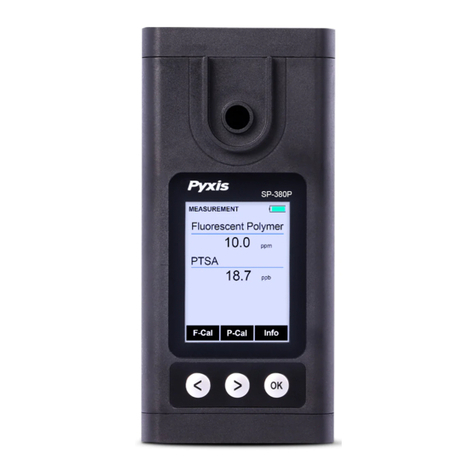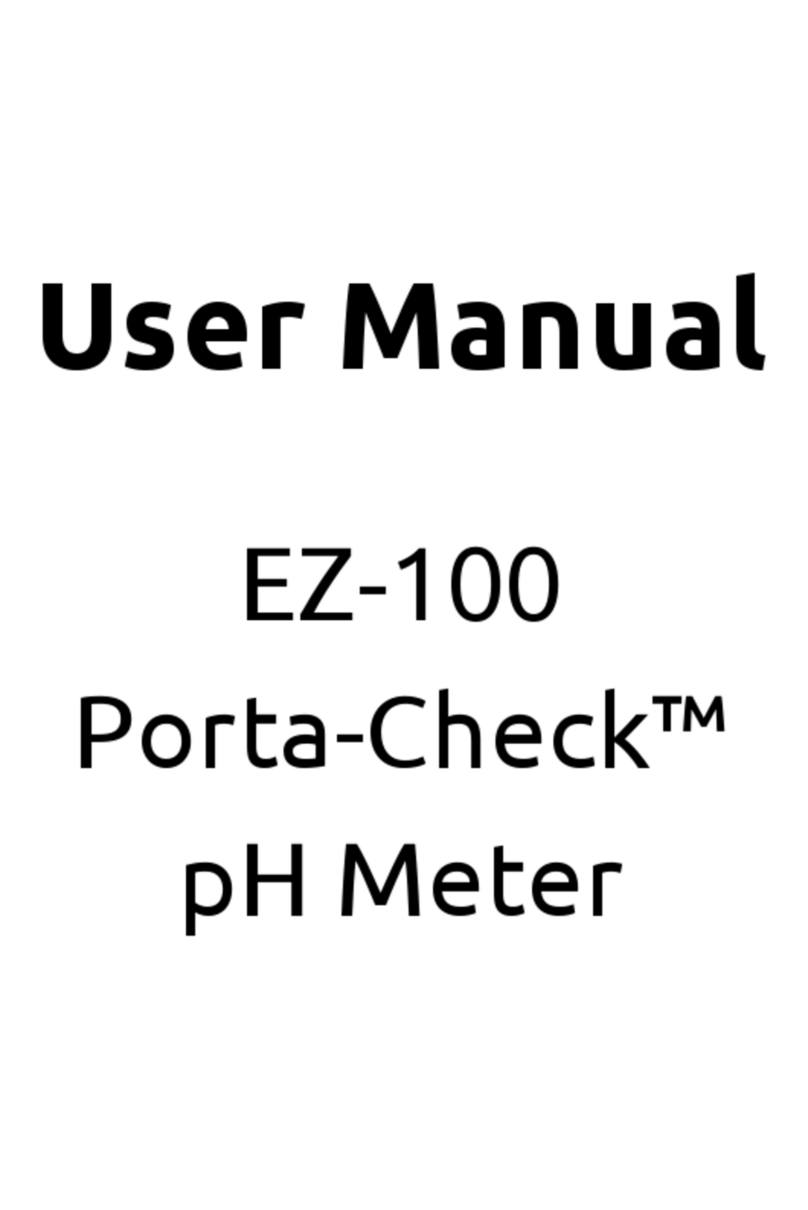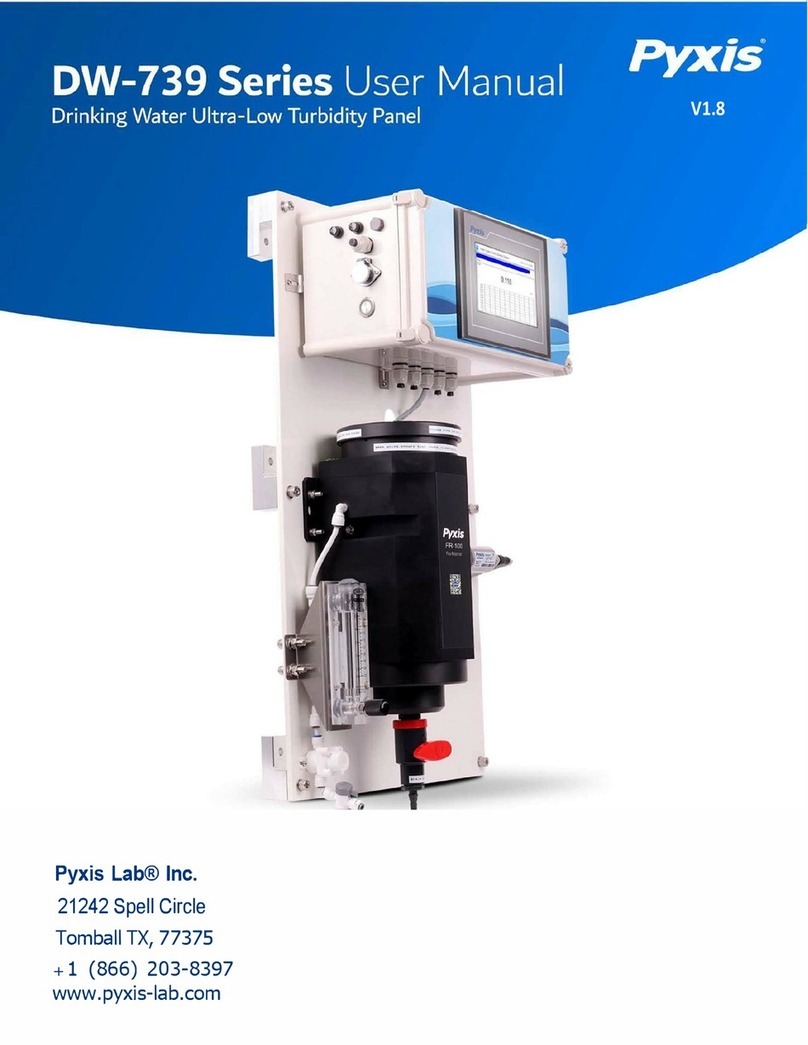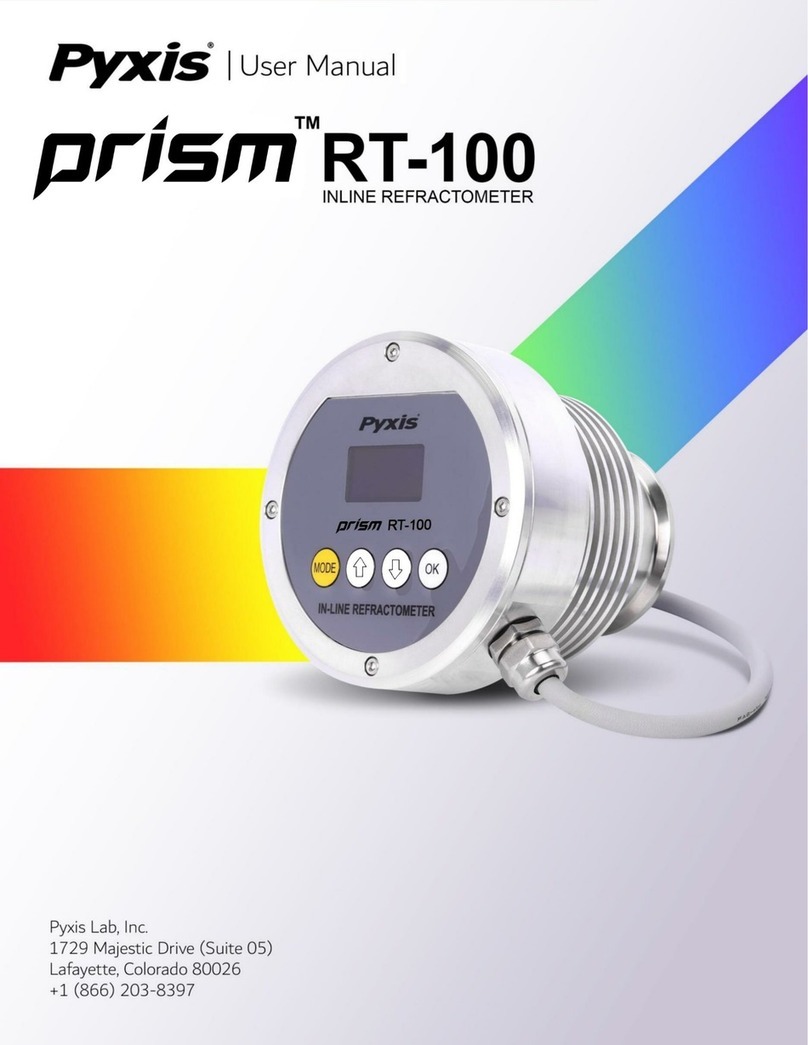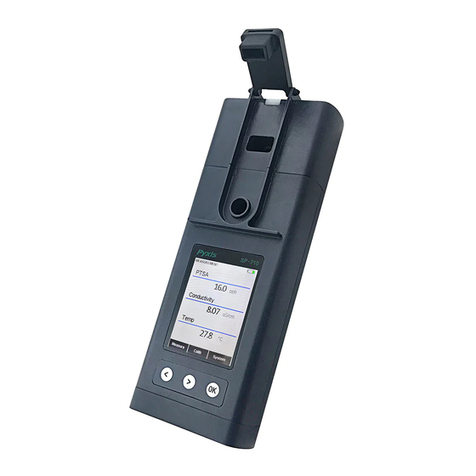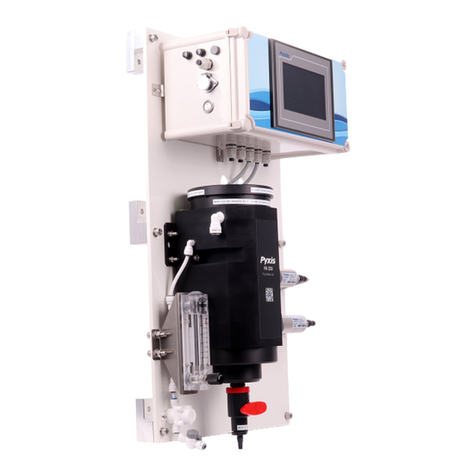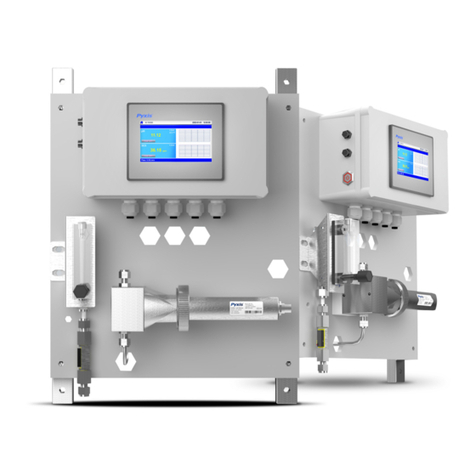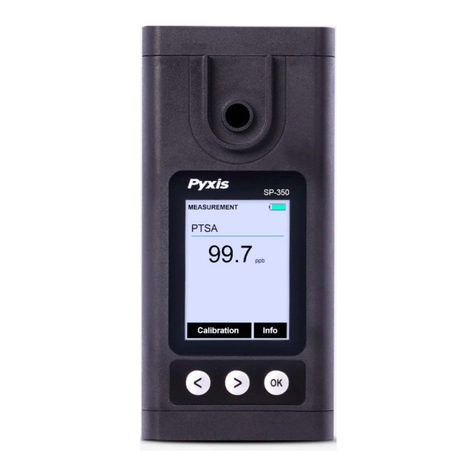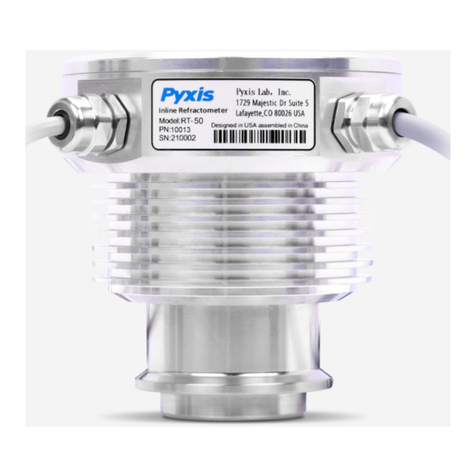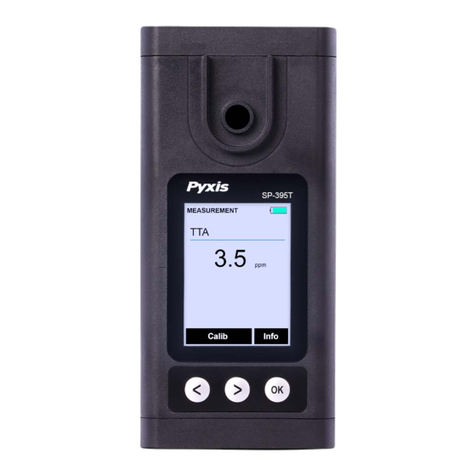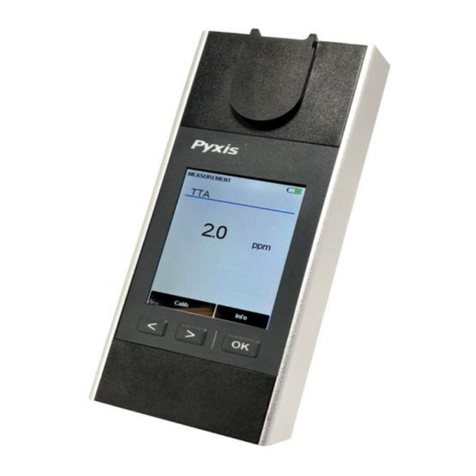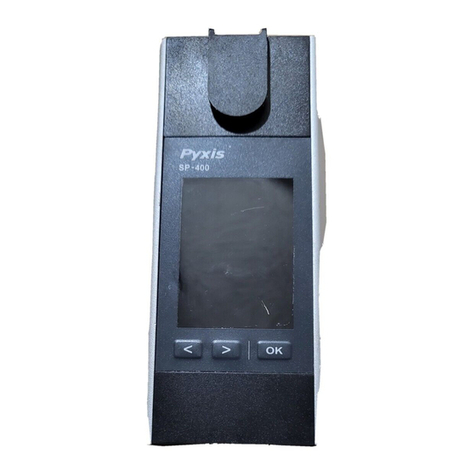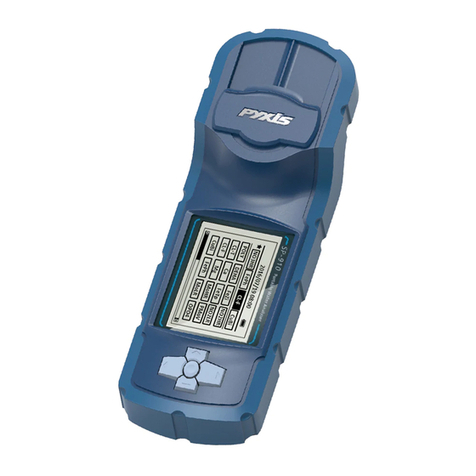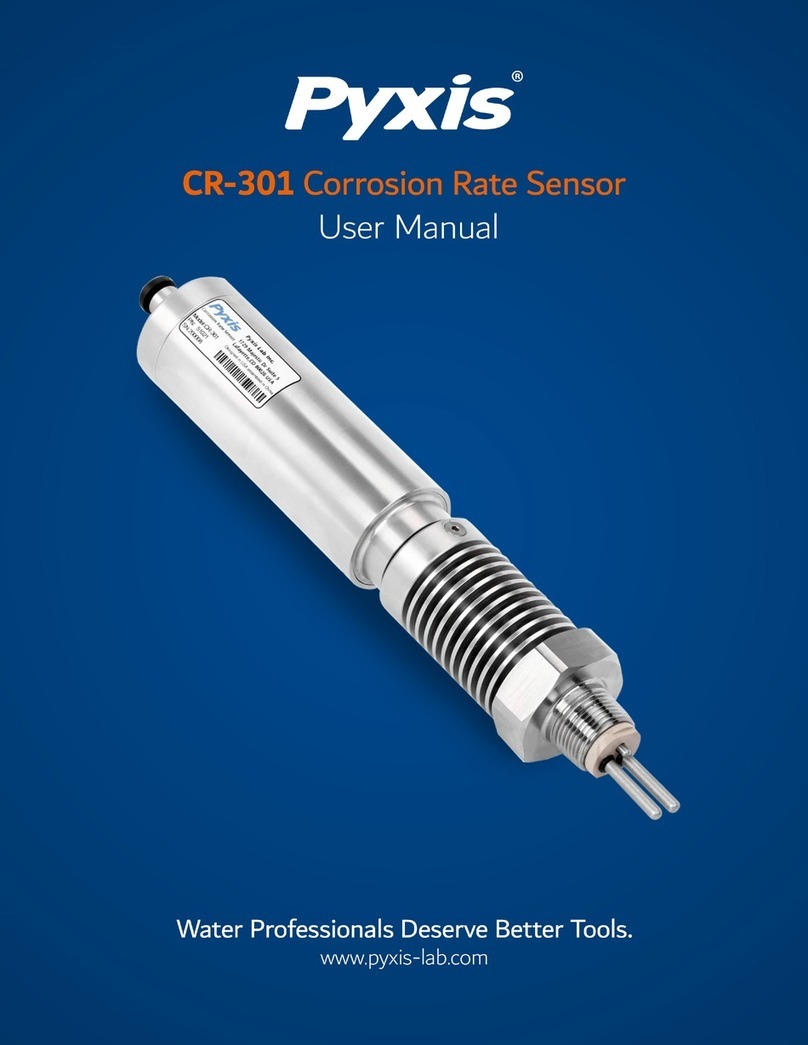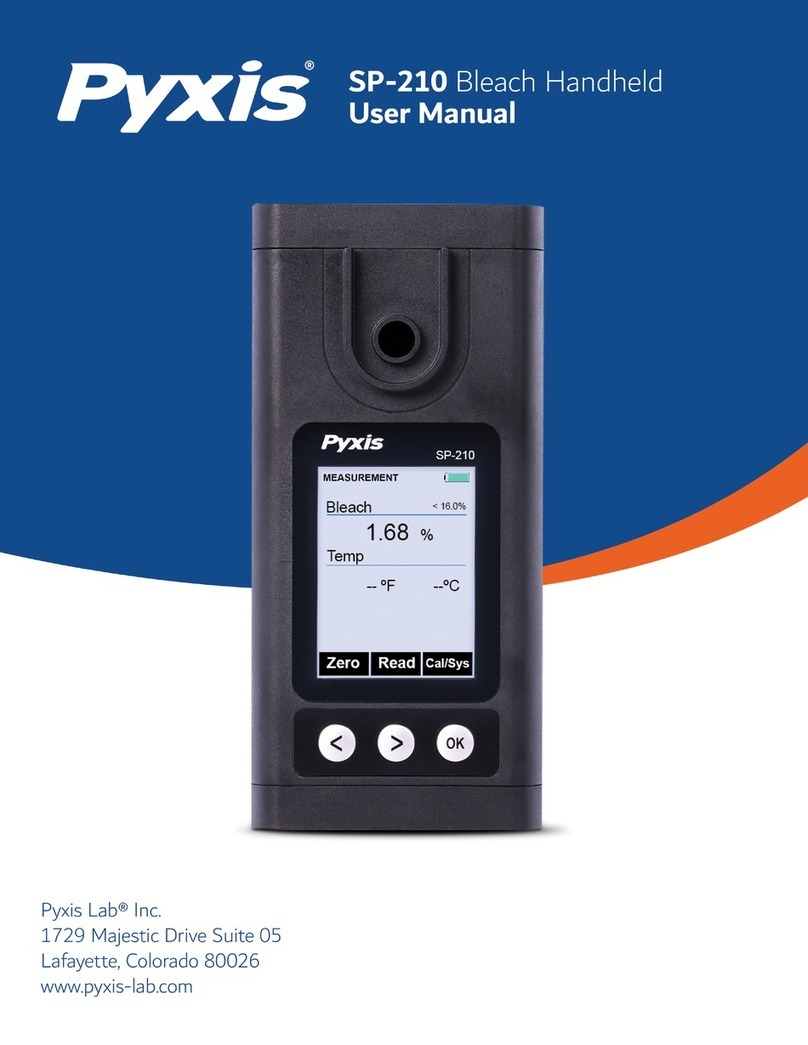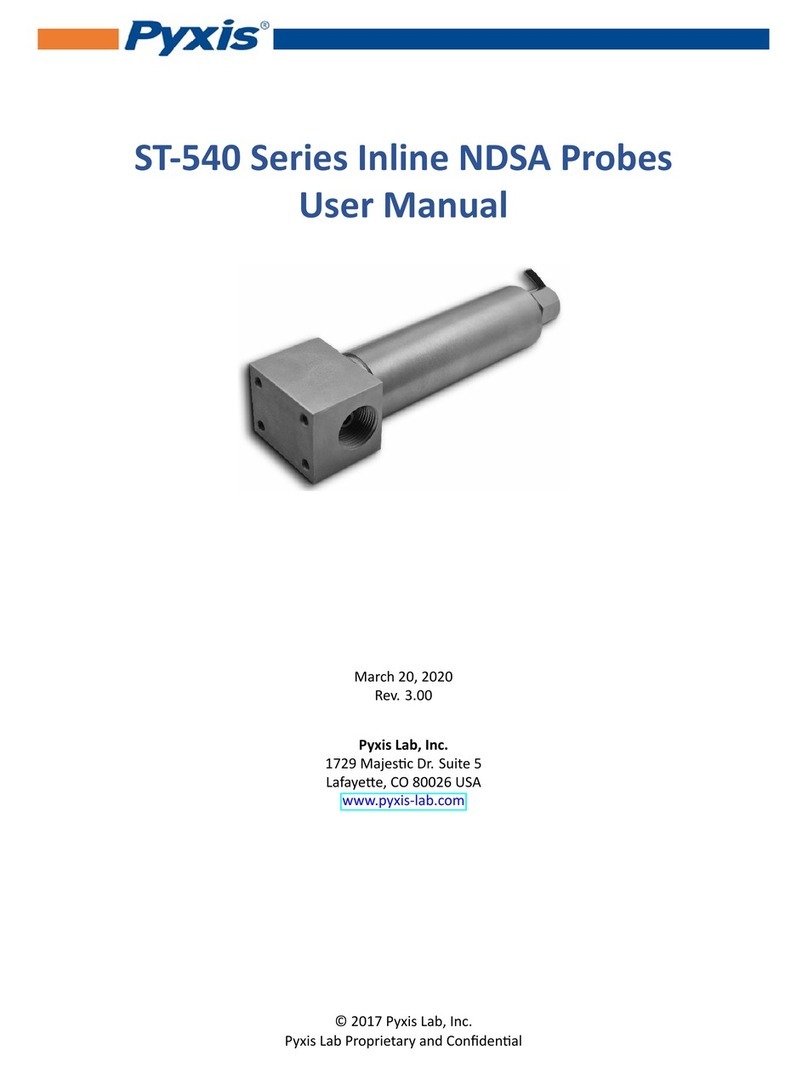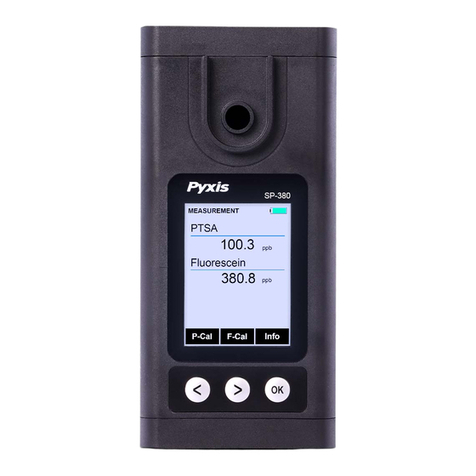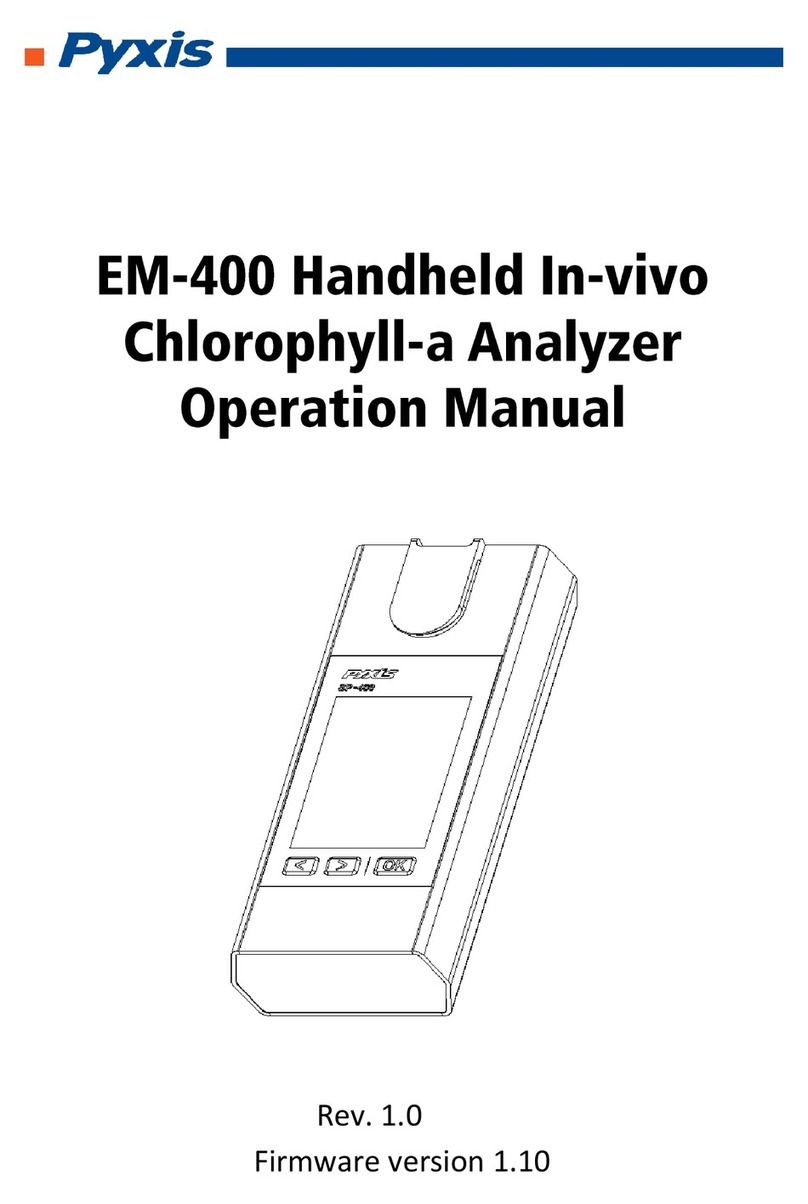目录
Fluorescence—Fluorescein................................................................................................. 2
Fluorescence—PTSA.......................................................................................................... 6
Turbidity ............................................................................................................................. 10
ALUMINUM —AL.............................................................................................................. 14
BENZOTRIAZOLE—AZOL................................................................................................ 18
Calcium—Ca...................................................................................................................... 22
CHLORINE, TOTAL, Ultra-High Range —CL2H.............................................................. 26
CHLORINE,FREE—CL-F.................................................................................................. 30
CHLORINE DIOXIDE—CLO2........................................................................................... 34
CHLORINE DIOXIDE,Mid Range —CLO2D..................................................................... 38
CHLORINE,TOTAL—CL-T................................................................................................ 42
CYANIDE—CN .................................................................................................................. 46
CHROMIUM, Hexavalent—Cr6......................................................................................... 51
CHROMIUM, TOTAL—CrT................................................................................................ 55
COPPER—CuBi ................................................................................................................ 59
COPPER—CuL.................................................................................................................. 63
CYANURIC ACID —CYAN ............................................................................................... 67
FLUORIDE —F................................................................................................................. 71
Total Iron—FeMo ............................................................................................................... 75
Total Iron—FePh................................................................................................................ 79
Total Iron—FeTp................................................................................................................ 83
Total Iron—FeZi ................................................................................................................. 87
Magnesium—Mg................................................................................................................ 91
MANGANESE,High Range—MnHR.................................................................................. 95
MANGANESE, Low Range—MnLR.................................................................................. 99
Molydemum,High Range—MoHR................................................................................... 103
Molydemum,Low Range—MoLR..................................................................................... 107
HYDRAZINE—N2H4....................................................................................................... 111
CHLORAMINE, MONO, Low Range—NH2C.................................................................. 115
NITROGEN,AMMONIA—NH3S...................................................................................... 119
NICKEL—Ni..................................................................................................................... 123
NITRITE, High Rang—NO2H.......................................................................................... 127
NITRITE, Low Rang—NO2L............................................................................................ 131
NITRATE, High Range—NO3HR.................................................................................... 135
NITRATE, Mid Range—NO3MR...................................................................................... 139
PHOSPHORUS, Reactive—OPO4 ................................................................................. 143
PHOSPHONATES—Orgp ............................................................................................... 147
PHOSPHORUS, REACTIVE—PAMI............................................................................... 152
POTENTIAL OF HYDROGEN—PH ................................................................................ 156
PHOSPHORUS, REACTIVE—PMOV............................................................................. 160
POLYMER—POLY........................................................................................................... 164
SULFIDE —S2-................................................................................................................ 168
